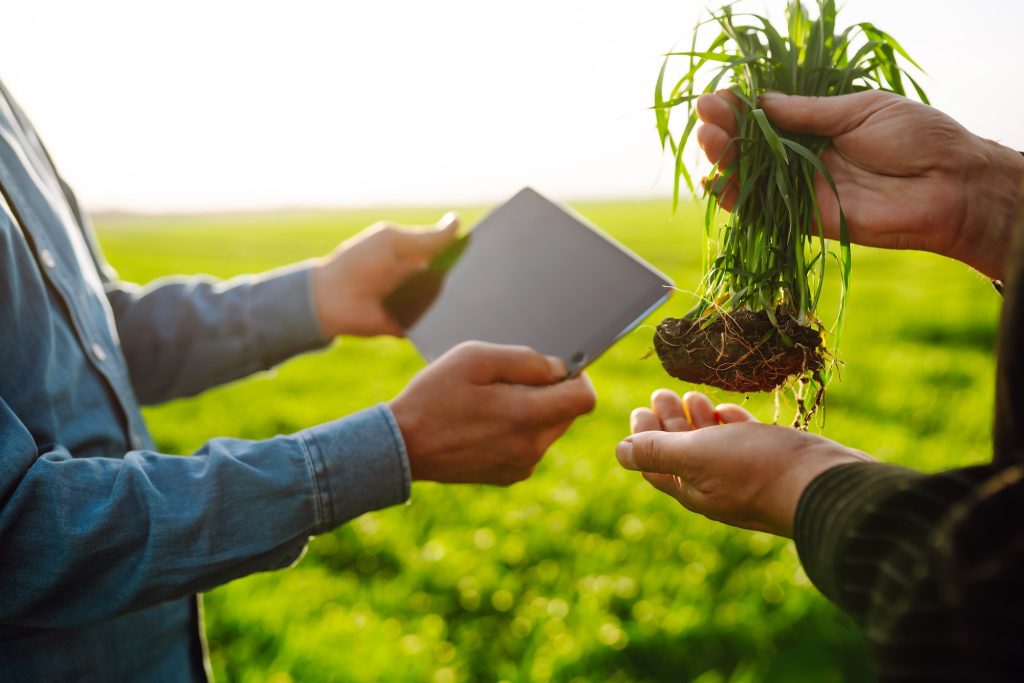AI brings change to US farming
The integration of artificial intelligence into US agriculture is transforming how food is produced, offering new solutions to tackle labor shortages and improve efficiency.

Artificial intelligence is reshaping agriculture in the United States, offering solutions to longstanding challenges like labor shortages and rising costs. With US farms dwindling from 6.8 million in the 1930s to just 1.9 million in 2023, AI-powered technologies are stepping in to improve crop yields, resource efficiency, and food production. Experts emphasise AI’s ability to analyse massive amounts of data, guiding decisions on irrigation, fertilisation, and pest control to maximise productivity.
Despite its potential, adoption remains limited, with only 27% of US farmers currently using emerging technologies like AI. However, investment is projected to grow significantly, from $2B in 2024 to over $5B by 2028. Researchers at institutions like the AI Institute for Next Generation Food Systems are exploring applications from robotics to controlled indoor environments, which enable year-round farming and climate adaptability for crops like grapes.
While high upfront costs and accessibility remain hurdles, proponents believe AI can accelerate agricultural innovation and foster collaboration among farmers. By combining advanced tools and shared data, AI could help build a more sustainable food system and support the delivery of fresh, nutritious produce to underserved areas.

